April 2, 2021–September 12, 2021
at the Discover Portsmouth Welcome Center
10 Middle Street, Portsmouth, NH
Open 7 days, 10 am–5 pm
Admission:
FREE
FREE
FREE
FREE
$7.50
Portsmouth Historical Society Members
Seniors 70+
Children under 18
Active & retired military
Adults
Admission grants access to the John Paul Jones Historic House Museum at 43 Middles Street, at the galleries in the Academy Building at 10 Middle Street, and can be applied toward a discount on historical walking tours or towards an annual membership
“Twilight of American Impressionism” showcases the largely unsung talents of Alice Ruggles Sohier and Frederick A. Bosley, two American impressionists working at a time when realistic art was falling out of fashion and abstract art was in vogue. These two artists created works of profound quality and depth in the midst of the rapidly changing inter-war era. Their successes and failures offer insight into the difficulty of coping with rapid societal change, and their work, rarely seen in public since it was first painted, reminds us that great art, while not always trendy, stands the test of time. William Brewster, guest curator and descendant of both Sohier and Bosley, brings his unparalleled knowledge of the two artists to the project.
Alice Ruggles Sohier, from a venerable Massachusetts family, received her art education in the Art Students League in Buffalo, New York, and then at the Museum School of the Museum of Fine Arts, Boston, from which she graduated in 1907. During her academic career, she studied with Tarbell and Frank W. Benson, and received many awards and honors. Upon graduation she was the recipient of a prestigious Paige Traveling Scholarship, which provided funds for two years of travel and study in Europe. Upon her return, she exhibited widely from 1910 to 1930, being represented in at least twenty-nine shows throughout the country and receiving a bronze medal at the Panama-Pacific Exposition of 1915. Her work was noted for its realism and treatment of light in the Tarbell manner. Throughout her career, Sohier faced the challenges common to female artists at the time, including balancing career and family. She married Louis Sohier, an engineer, in 1913. (Louis Sohier’s sister Emily was married to Frederick Bosley.) The Sohiers moved to Pennsylvania and, later, to Concord, Massachusetts. Although Sohier stopped exhibiting ca. 1930, she continued to paint until at least 1959.
Frederick Andrew Bosley was born in Lebanon, New Hampshire. After high school, he too attended the Museum School, finishing the seven-year program in only six years. Like Sohier, he studied with Tarbell and Benson and won a Paige scholarship. In 1913, he succeeded Tarbell as the director of the Department of Drawing and Painting and as instructor in Advanced Painting, influential teaching positions he held until 1931. Bosley was known for his portraits, interiors, and landscapes, as well as for his abilities in pencil and charcoal drawing, and his prize-winning work was also widely exhibited. In the 1920s, he painted at the art colony in Peterborough, N.H., and he also attempted to open his own art school in Piermont. In 1930, the Museum School shifted its focus away from traditional representational painting to a more modern approach. Bosley, along with several other faculty members, resigned in protest the next year. He passed away in 1942.
Thank you to the lenders and donors who made this exhibition possible
Martha Fuller Clark and Geoffrey E. Clark • Pauline C. Metcalf / The Felicia Fund, Inc.
☙❧
William & Arlene Brewster • Joseph MacDonald Family • New Hampshire State Council on the Arts
☙❧
Anthony Moore Painting Conservation • Jameson & Priscilla French
☙❧
Piscataqua Savings Bank • Cambridge Trust

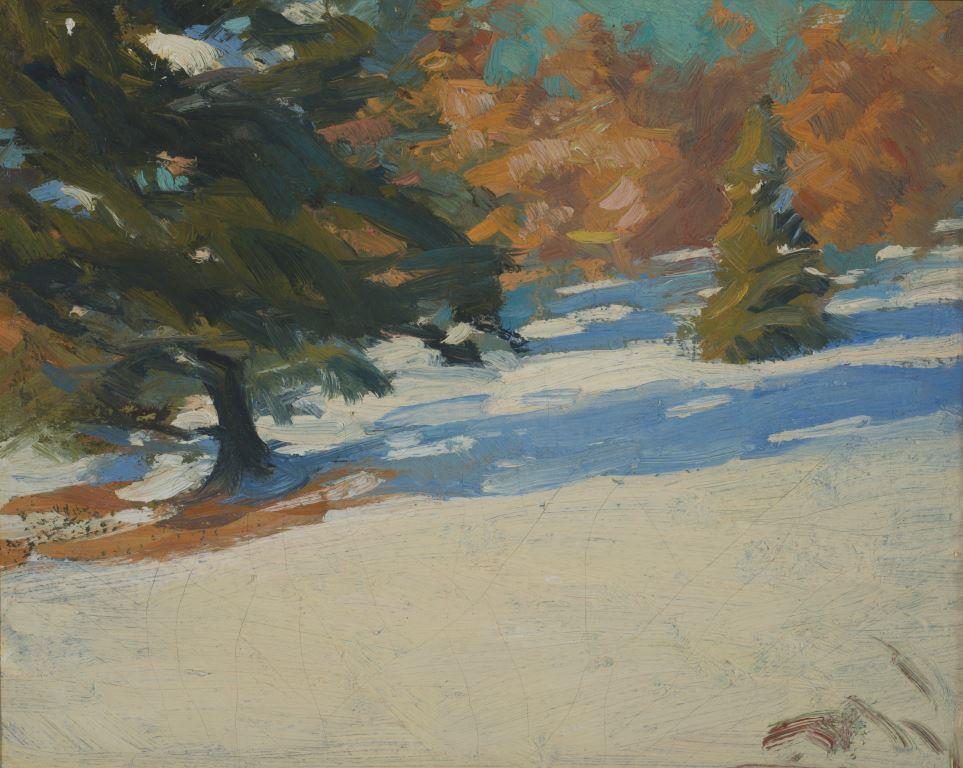
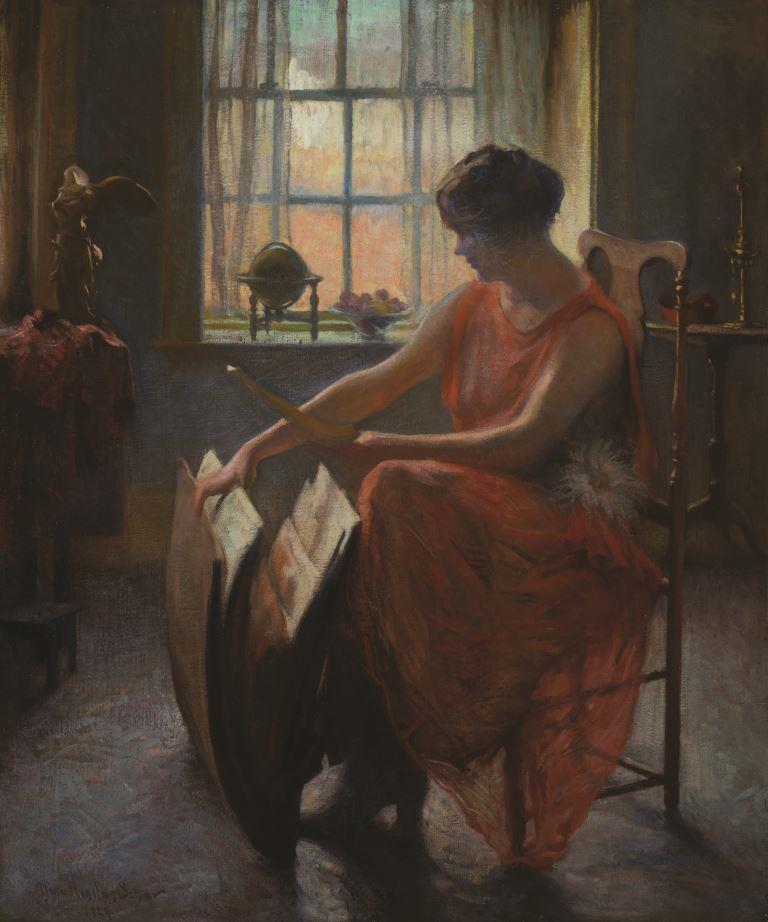
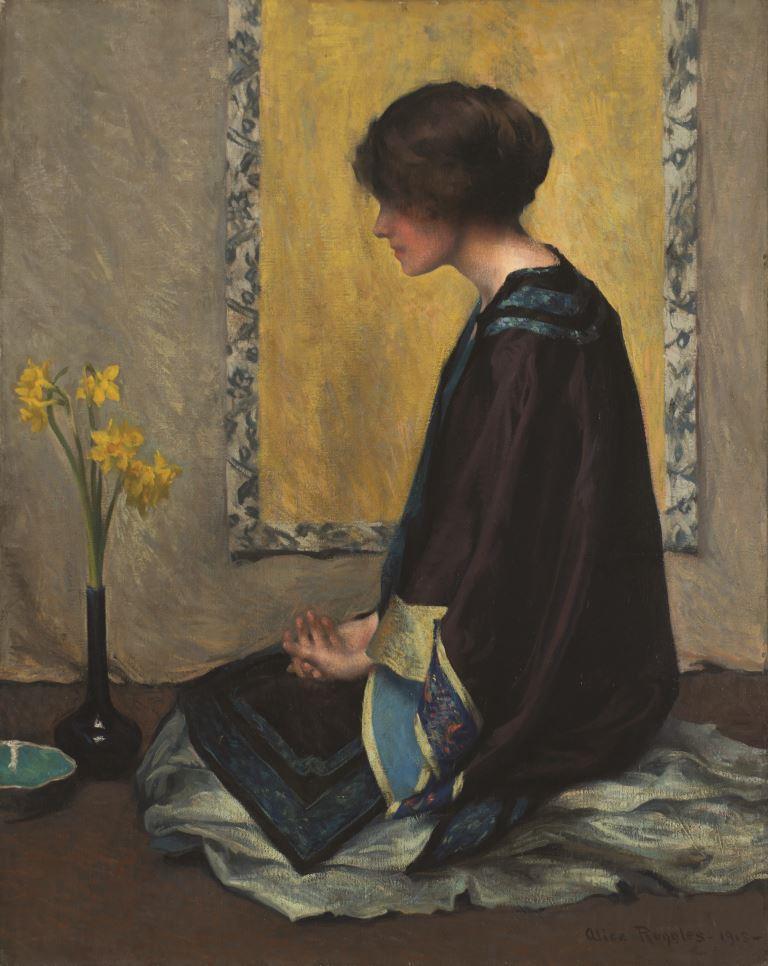
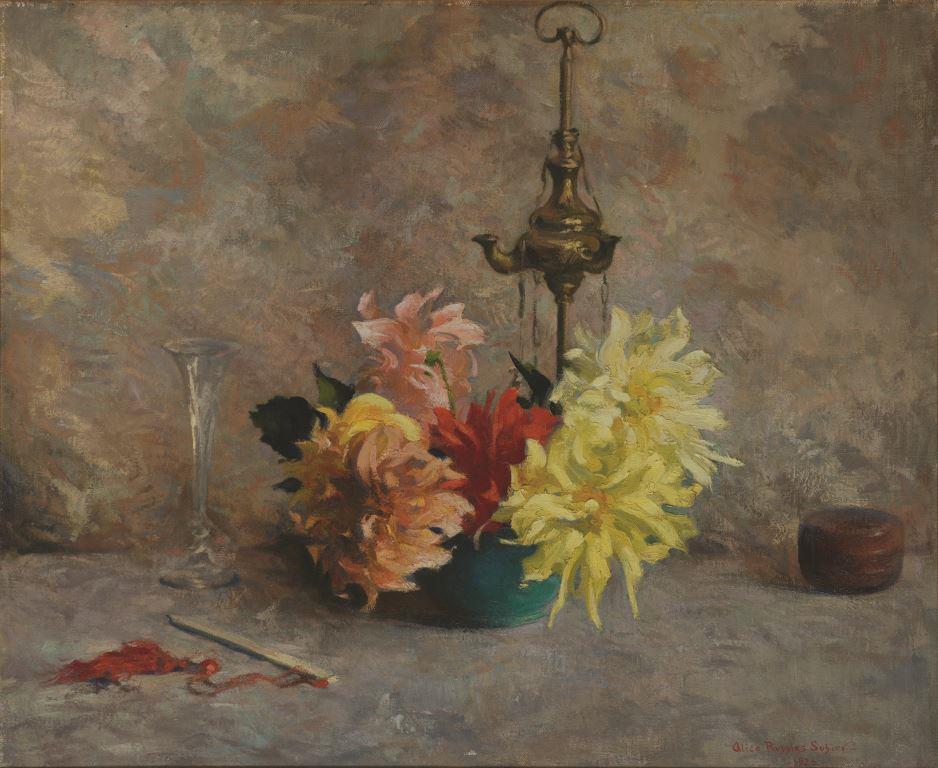
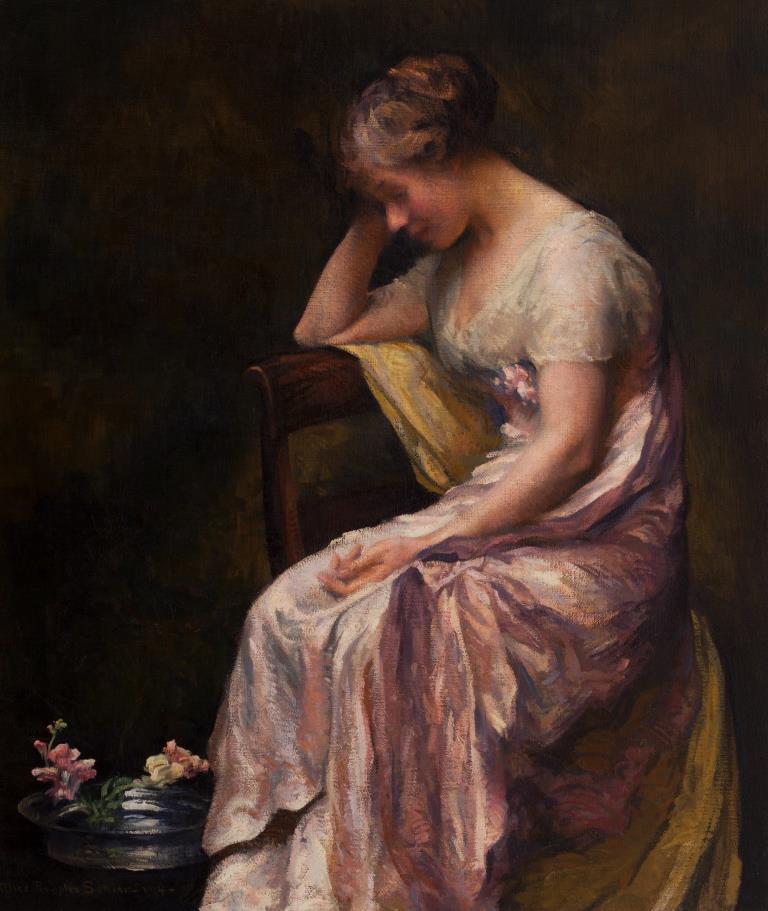
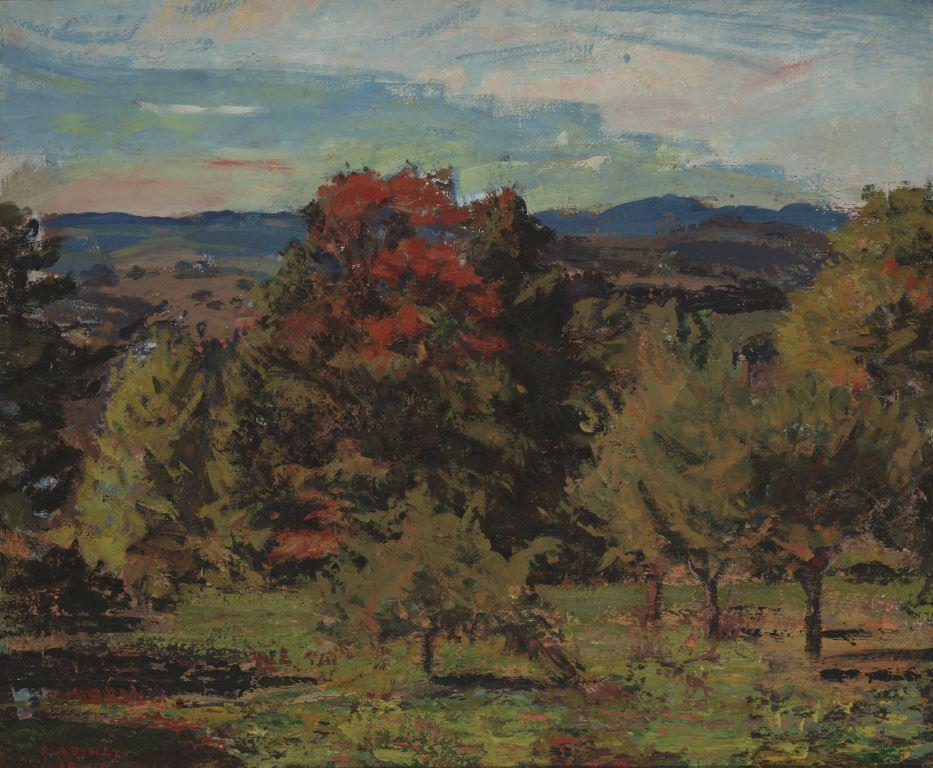
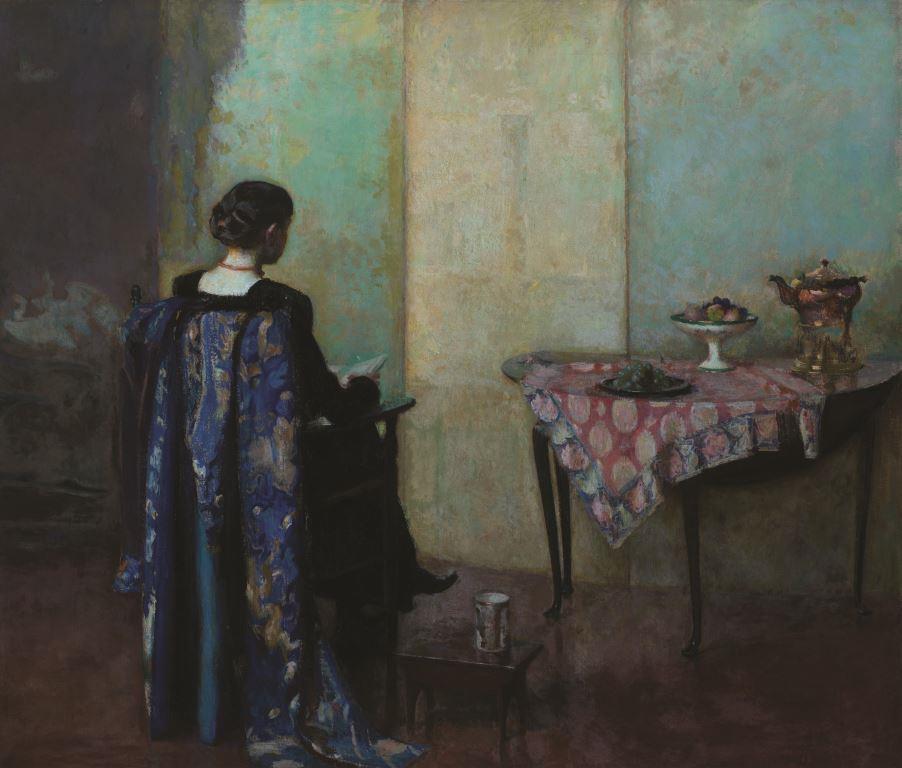
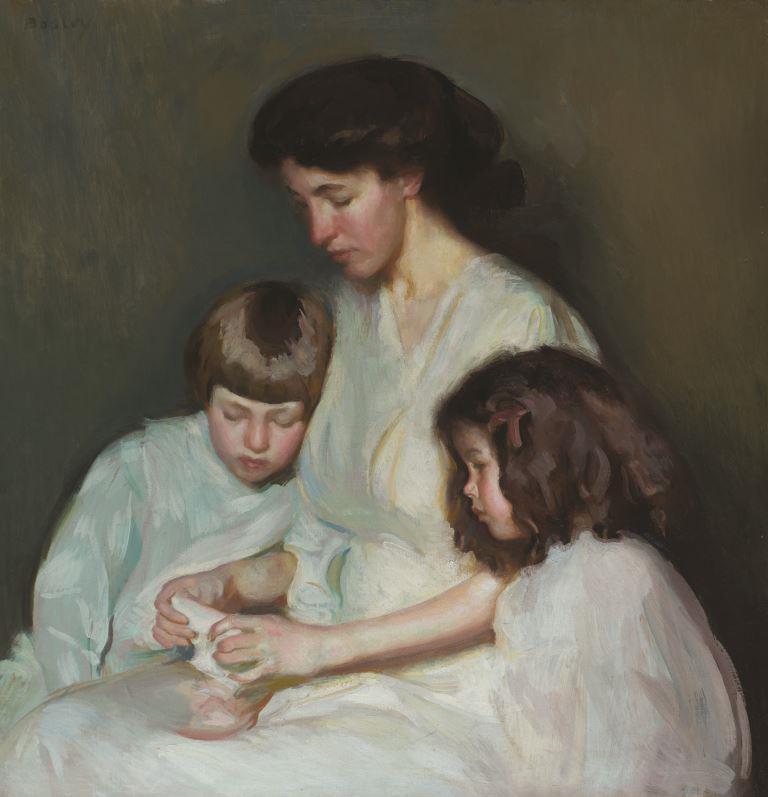
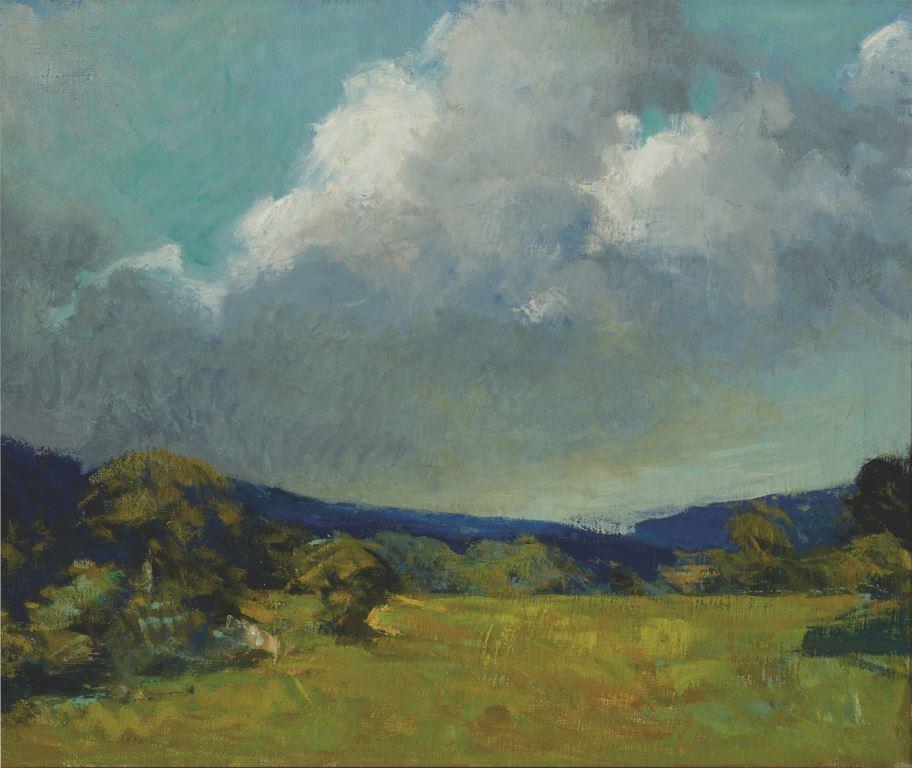
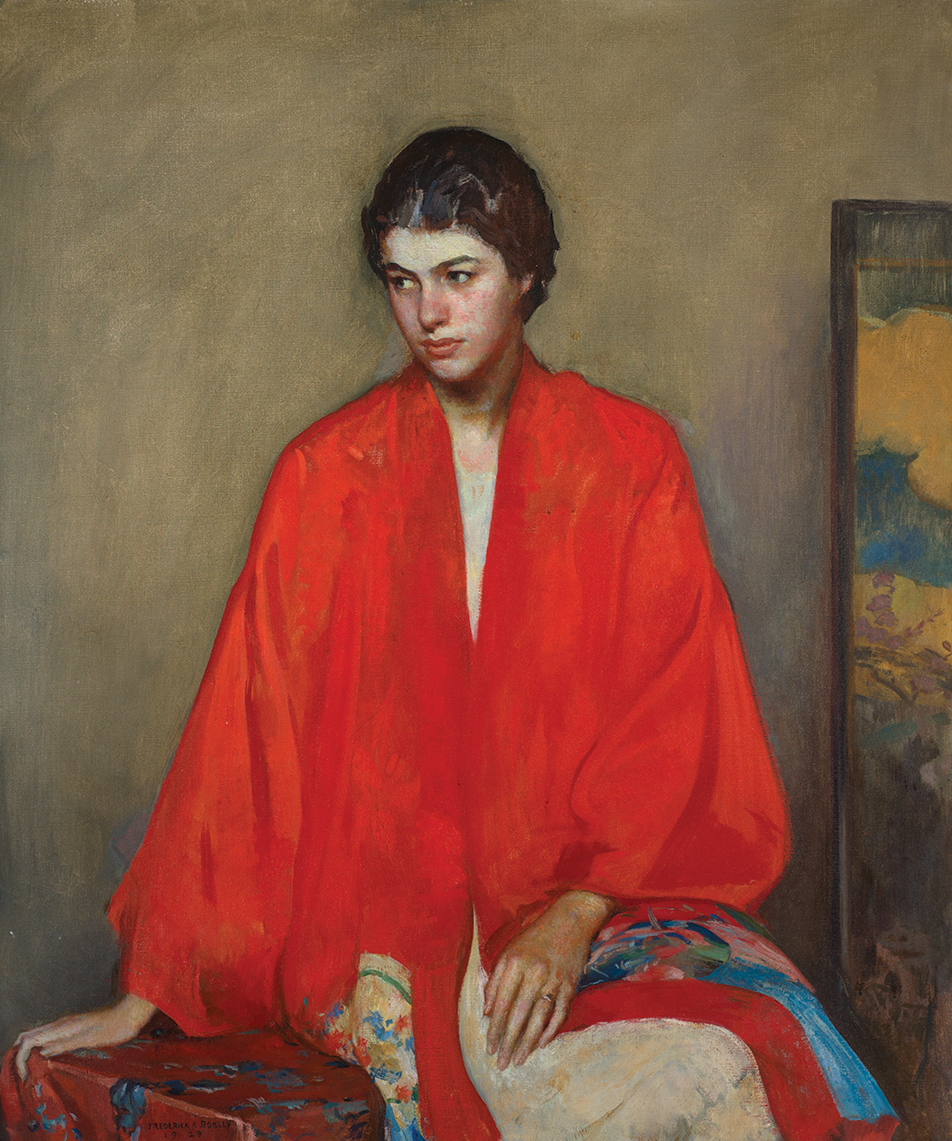
I enjoyed the exhibit, beautiful paintings
Wonderful paintings! What a shame that the “art world” decided realistic/representational painting – was no longer important. It’s a gift to be able to paint like that.
I have a feeling my grandmother, Alice Ruggles, was named after this lovely painter. My grandmother was born in Stoneham MA, just outside of Boston) in 1906.